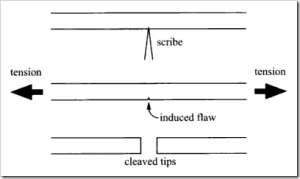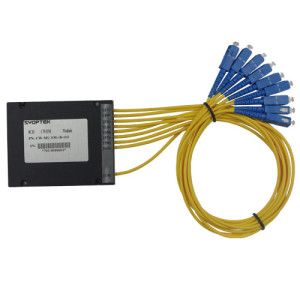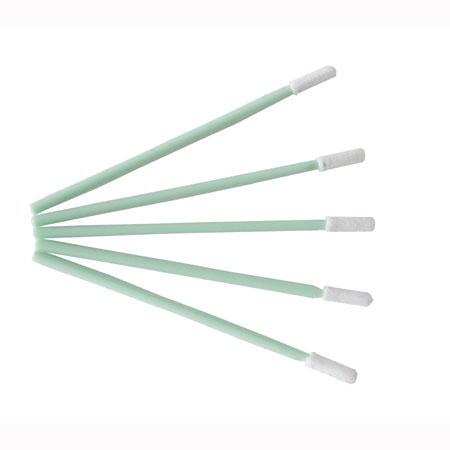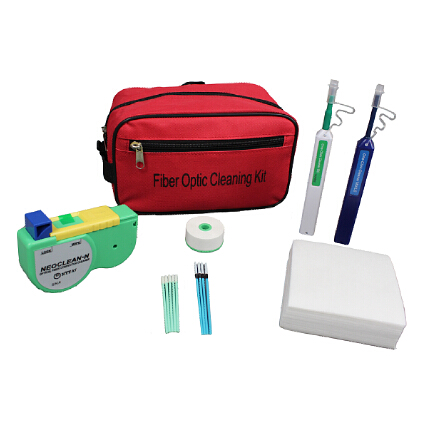
Optical fiber needs to be cleaved for fusion splicing. Optical fiber fusion splicing nearly always requires that the fiber tips exhibit a smooth end face that is perpendicular to the fiber axis.
This sufficiently perpendicular and planar fiber end face can be achieved via the fiber cleaving process. In this cleaving process, the brittle glass fiber is fractured in a controlled manner.
Polishing a fiber tip can result in even higher quality fiber end faces, but polishing requires more expensive equipment and more processing time, so it is very rarely employed for fusion splicing.
 A fiber optic cleaver is a piece of tool or equipment to make an almost perfect fiber end face cut. Just like using a diamond scribe tool when cutting glass, a fiber cleaver’s cutting wheel (blade) makes a very tiny cut on the fiber first, then the fiber is pressed against the little cut to force it to break at 90° angle and expose a mirror like fiber end face.
A fiber optic cleaver is a piece of tool or equipment to make an almost perfect fiber end face cut. Just like using a diamond scribe tool when cutting glass, a fiber cleaver’s cutting wheel (blade) makes a very tiny cut on the fiber first, then the fiber is pressed against the little cut to force it to break at 90° angle and expose a mirror like fiber end face.
The SYOPTEK FS-C20 Fiber Cleaver is designed to precisely cleave all 125um multimode or singlemode optical fibers. The high precise adjustable blade can perform up to 60,000 cleaves with a typical cleave angle of 90 degree.



